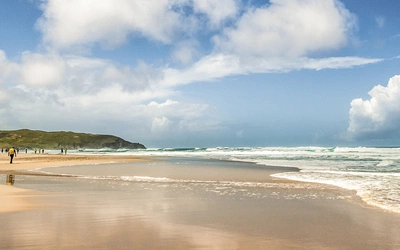
Article

The Carpathian and Tatras mountains offer challenging walking and trekking, sometimes involving scrambling, though less strenuous day walks are also possible. The many National Parks of eastern Europe help preserve the unspoilt landscapes, providing great mountain adventures in Poland, Slovakia and Romania.
5 Books Available
6 Articles Available